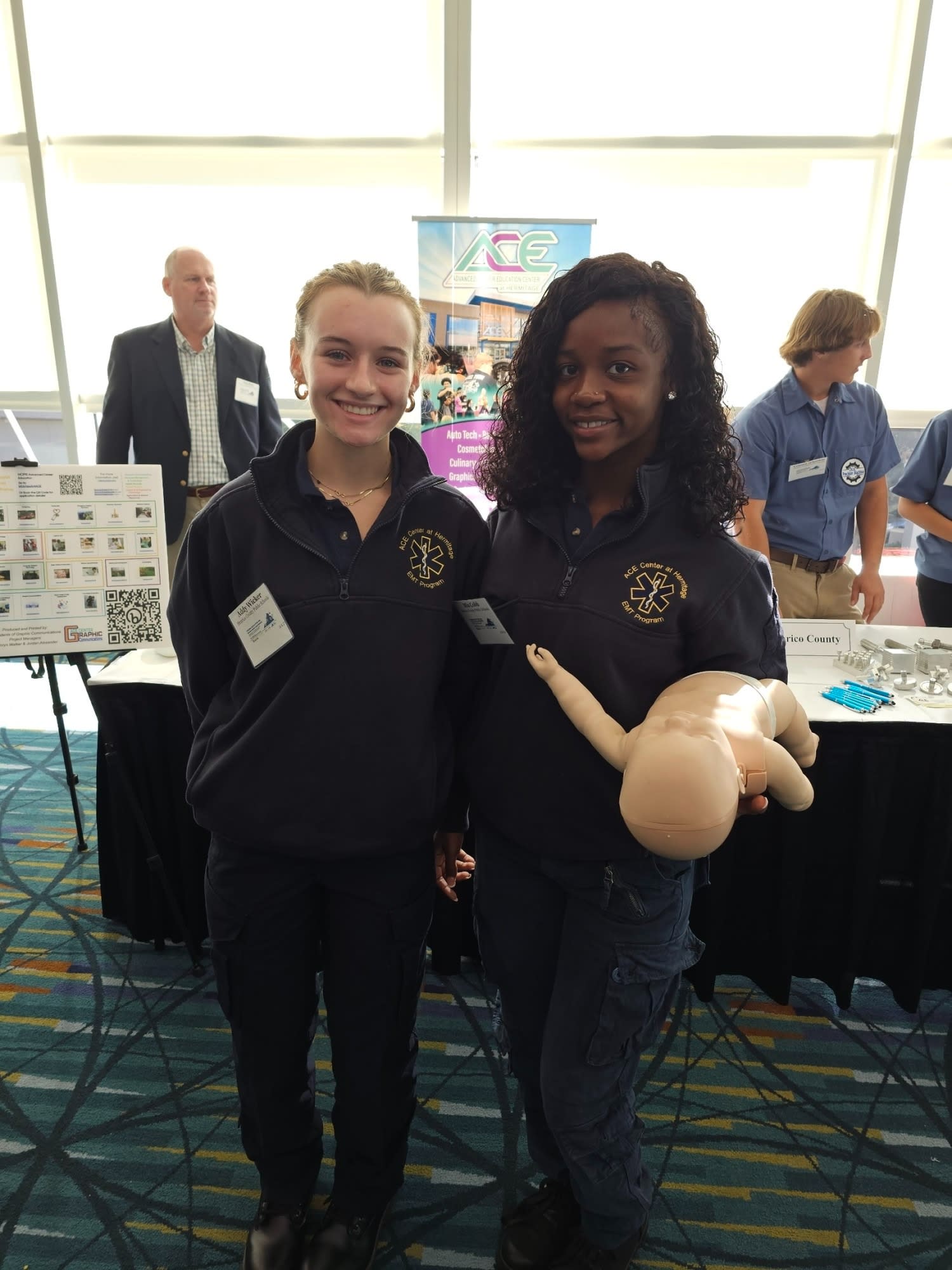
Partner or Perish
Lessons from the Virginia Education and Workforce ConferenceIf one message emerged from the Virginia Chamber of Commerce Education and Workforce Conference, it was this: if we want a sustainable workforce, we need to build stronger, longer-lasting partnerships. Not a sponsor’s logo slapped on the back of a t-shirt. Not requests for a handout. Full-throttle collaboration between business and industry, education, and state and local agencies that grow over time and benefit each stakeholder. As one speaker from higher education put it, it’s no longer “publish or perish.” It’s partner or perish. Why the push for partnerships? Most of us know there’s a workforce shortage, especially in the trades and industries where skilled and/or specialized workers are hard to come by. That doesn’t bode well for the future of business or communities. But what are we doing about it? Anything? Speakers emphasized that if we want to build a workforce, we all need to be better partners. We need to initiate and nurture relationships. We need to invest in each other, invest in the community, and invest in people. That investment can be less costly than we might think. Career and technical education (CTE) programs, K-12 schools, and higher education are right now working through partnerships from which businesses stand to benefit tremendously. This includes Louisa County Public Schools, well represented by Superintendent Doug Straley and Director of CTE, STEAM and Innovation, Kenny Bouwens, both who were featured speakers, and Director of CTE - Workforce Development Kenneth Bouwens who was in attendance with others.
One speaker showed a video of students installing in-home sprinklers and other students transforming retail space into a learning center. These are the future of the workforce, and they’re impressive. Beyond that they have something to teach us, as businesses: Partnerships are cost-effective – To tackle the labor shortage, many businesses are bringing in trained, vetted high school CTE interns who want hands-on experience outside the classroom. Because the school system has insurance to support these programs, the business does not have to take on the liability, reducing risk for companies while providing the experience interns need. Plus, there are unique funding opportunities that can defray overhead. For example, by working with local and state agencies and nonprofits, some schools are splitting the cost of interns’ hourly wages. Partnerships create better employees – Students of every age who pursue internships are among the most motivated to build their skills on the job. These are not kids looking to get out of class. They are learners investing in their own futures, securing a place in the workforce. They come to the table with a stronger work ethic and a stronger sense of what’s needed to be successful. Partnerships strengthen communities – Partnerships don’t just happen between two people or organizations. They can include various stakeholders with the common mission of filling in labor gaps. CTE programs in particular are exposing children early on to opportunities in healthcare, childcare, production, construction, and more. From the classroom to the workplace, learners progress with more intention and focus, interacting with a variety of other stakeholders. By the time they are employed, they have already established themselves as trained workers with real-world experience. This means there is less incidence of unemployment, homelessness, poverty, and hunger, making for healthier communities that thrive, places that businesses want to call home. Partnerships build innovative talent – When businesses partner with CTE programs, they stand to gain stronger, more diverse teams with workers who are not just eager to learn, but who offer new perspectives. Businesses can create and benefit from a continuous and innovative talent pool that virtually guarantees a workforce for decades to come. anelists and exhibitors offered myriad examples of successful CTE partnerships. The possibilities for creative collaboration are endless. But as one speaker said, someone has to start the conversation. If no one starts the conversation, how can collaboration happen? The New Numbers Of course, there was much more to the conference, including panelists discussing metrics, how success is measured, how community colleges and universities are more involved, and how every business and institution stands to gain from building long-term relationships that are no longer just wants—they are needs. For a partnership to work, however, it has to be a give-give. It can’t be an ask. As Mac Beaton, Director of CTE and Workforce Development at Henrico County Public Schools said, partnerships have to be 60/40, with each partner giving 60% and taking 40% to create exceptional outcomes—a 120% benefit for all. That’s a new kind of math. It’s one worth practicing. Louisa County Chamber member Katherine Mercurio Gotthardt, M.Ed., is CEO of ATW – All Things Writing, providing customized writing services to Louisa County, Central Virginia, Richmond Metro and beyond. A Louisa County resident, Katherine is also an award-winning author and poet and an advocate for creative collaborations that build healthy, diverse workplaces and communities.
|
 CTE programs at every level of education, from pre-K to older adults, have learners hungry for experience. High school students, some of whom were represented at the conference, are learning to become precision machinists, EMTs, welders,
CTE programs at every level of education, from pre-K to older adults, have learners hungry for experience. High school students, some of whom were represented at the conference, are learning to become precision machinists, EMTs, welders,